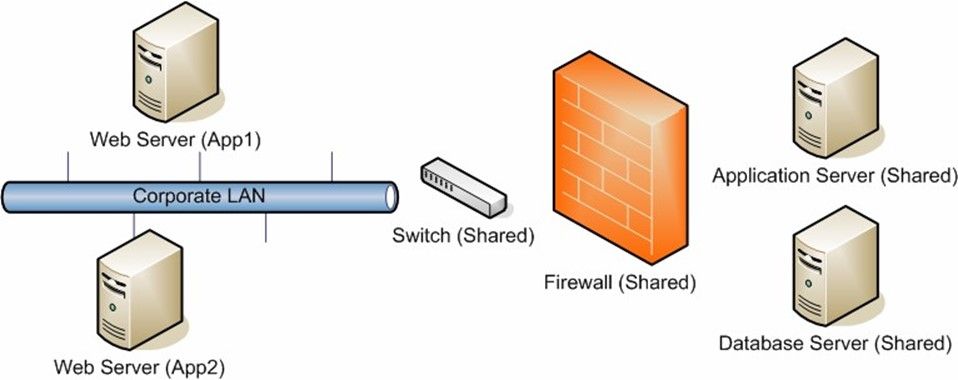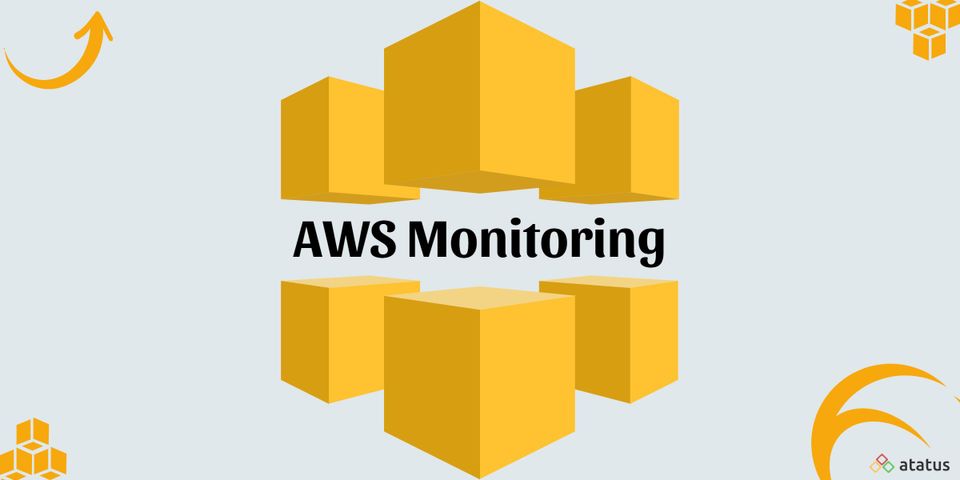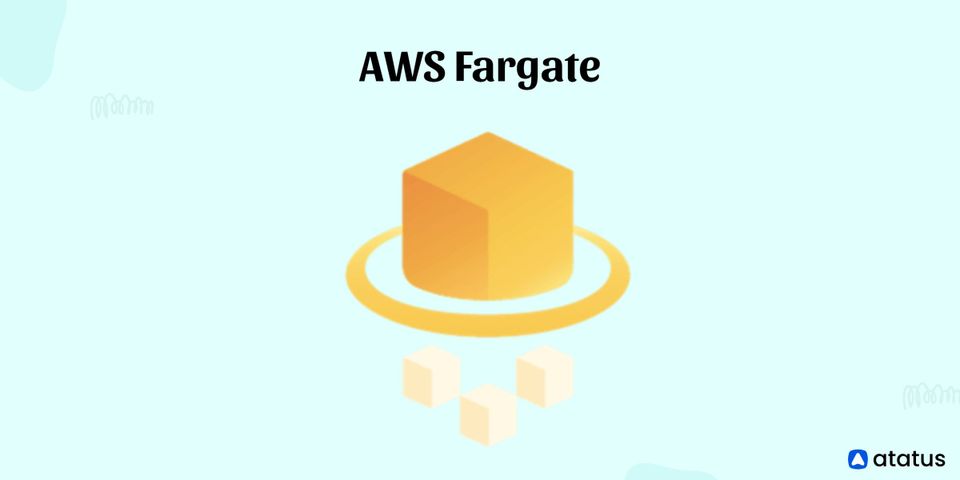Enterprises continue to expand their IT infrastructures in order to meet changing business needs and realize their full potential, which necessitates efficient administration. Application infrastructure delivers applications and services with a high level of reliability, security, and control while lowering costs.
We will cover the following:
- What is Application Infrastructure?
- Understanding Application Infrastructure
- Components of Application Infrastructure
- Challenges of Application Infrastructure Management
What is Application Infrastructure?
Software platforms for the delivery of business applications, comprising development and runtime enablers, are referred to as application infrastructure. Application Infrastructure is a high-performance, dependable, and secure integrated technology infrastructure used by Application Service Providers to manage many hosted applications.
All of the computational and operational infrastructure and components required to manage the development, implementation, and management of corporate applications are included in application infrastructure. There is no universal model for designing application infrastructure. Rather, application developers create an application infrastructure that is capable of supporting the application's specific features, capabilities, and demands.
Servers, data storage, networking, application monitoring, and logging capabilities, and application security services are included in AI components. Application infrastructure can be built on-premises or offered as cloud-based infrastructure through a third-party public cloud service provider.
Understanding Application Infrastructure
The whole infrastructure that is necessary to serve an application can involve dozens of computers and devices when considering hardware, software, network, and operating system (OS) needs. The real number of independent pieces increases complexity, making total system management considerably more challenging.
It's not always easy to establish the cause of delayed reporting performance when a user complains about a Web application. It's possible that the database server is overburdened with other requests. Alternatively, the issue could be with the WAN link that connects the user to the Web server. Alternatively, the issue could be caused by a combination of circumstances.

A simplified chain of interactions for preparing a report is shown in the image. Each element in the diagram represents a possible bottleneck.
This seemingly straightforward scenario emphasizes the significance of comprehending the whole infrastructure required to manage an application. The total difficulties for IT departments that service many sites throughout the world and dozens of distinct line-of-business apps can be significantly more complicated.
Components of Application Infrastructure
The components required to deliver an application, its functions, and services to a consumer are referred to as application infrastructure. While each application is different, we can nevertheless point out some of the most typical application infrastructure components used to support application features and service delivery.
- Web Server
Web-based applications are supplied via a web server that uses the HTTP communication protocol to transport HTML and PHP files. The graphical user interface (GUI) via which users interact with the application is usually hosted on a website. - Firewalls
Customers can only access elements of the infrastructure that are designated for them since firewalls are divided based on user trust levels. Firewalls are used to prevent unauthorized users from accessing unauthorized assets and services, ensuring that users only interact with the application through the web portal and do not have access to any other application infrastructure components. - Application Server
The application and business logic that makes the application work are stored on an application server. Users can only communicate with the application server through the presentation layer because it is usually hidden behind a firewall. Application servers provide the processing power required to fulfill requests and offer services requested by users via the GUI. - Intrusion Detection System (IDS)
IDS systems look for unusual activities in network traffic. They can be used to notify application managers and developers when a cyber-attack is suspected, or when a user tries to obtain unauthorized access to the application. - File Storage/SQL Servers
A file storage server may be included as part of the application infrastructure for some applications that store data in files. SQL servers can be used by applications that need to access data in relational tables for database purposes. In either instance, application infrastructure usually includes a database that provides users with the data they need.
Challenges of Application Infrastructure Management
Most IT departments try to manage critical applications without properly comprehending them. According to the hypothesis, as long as areas like the network infrastructure are properly set up, all of the applications that rely on it should run well. Although this is true in certain cases, others challenges are significantly more difficult to deal with.
In the field of change and configuration management, for example, a single change could have unintended repercussions. Modifications to a firewall configuration that appear to be unrelated, for example, may trigger connectivity troubles in another application. The key problem for IT is to be able to identify all of an application's interconnected components and to compare and evaluate suggested modifications before they are implemented.
- Application Requirements for Inventorying
IT departments should start by making a list of critical apps to gain a sense of the total requirements for complicated applications. A Web-based CRM product hosted by an external supplier, for example, can have relatively simple requirements: Users will be able to utilize the application as long as their workstations have Internet access (However, even a Web application may have additional needs, such as browser features). Network connections to the desktop and the firewall, as well as access through edge routers, maybe part of the infrastructure needs.
Applications that require several servers in a data centre might be quite complicated. Routers, switches, firewalls, and many servers are common components of multi-tier applications. All of these devices should be included in the application's requirements from a logical standpoint.
- Identifying Interdependencies
After completing an inventory of the application requirements, infrastructure components that are shared by numerous apps can be identified. Frequently, the outcomes might aid in gaining a better understanding of operations.

The image shows an example of a shared component that could be utilized by a number of different applications.
A single low-end switch, for example, could be identified as a single-point-of-failure for numerous critical applications. In this instance, improving the hardware or implementing redundancy may be beneficial in protecting overall resources. In addition, anytime modifications are made, test and verification methods should involve a review of all applications that use the same components.
- Application Infrastructure Management Automation
It's fairly obvious that identifying and managing application infrastructure components, especially in relatively simple IT settings, maybe a difficult effort. Fortunately, much of the labour can be managed automatically using data centre automation systems.
IT personnel may rapidly locate facts about all the devices required to support an application or service by keeping application infrastructure information centrally in a Configuration Management Database (CMDB). High-end solutions make it possible to see the interdependencies between hardware, software, and network resources in a clear and understandable manner. Change and configuration management features can also aid in keeping track of the impact of changes and preventing any issues before they arise.
Conclusion
The Application Infrastructure is made up of numerous feature-focused delivery teams that provide the services and capabilities that applications need to execute reliably in a range of device types.
Monitor Your Entire Application with Atatus
Atatus provides a set of performance measurement tools to monitor and improve the performance of your frontend, backends, logs and infrastructure applications in real-time. Our platform can capture millions of performance data points from your applications, allowing you to quickly resolve issues and ensure digital customer experiences.

Atatus can be beneficial to your business, which provides a comprehensive view of your application, including how it works, where performance bottlenecks exist, which users are most impacted, and which errors break your code for your frontend, backend, and infrastructure.





